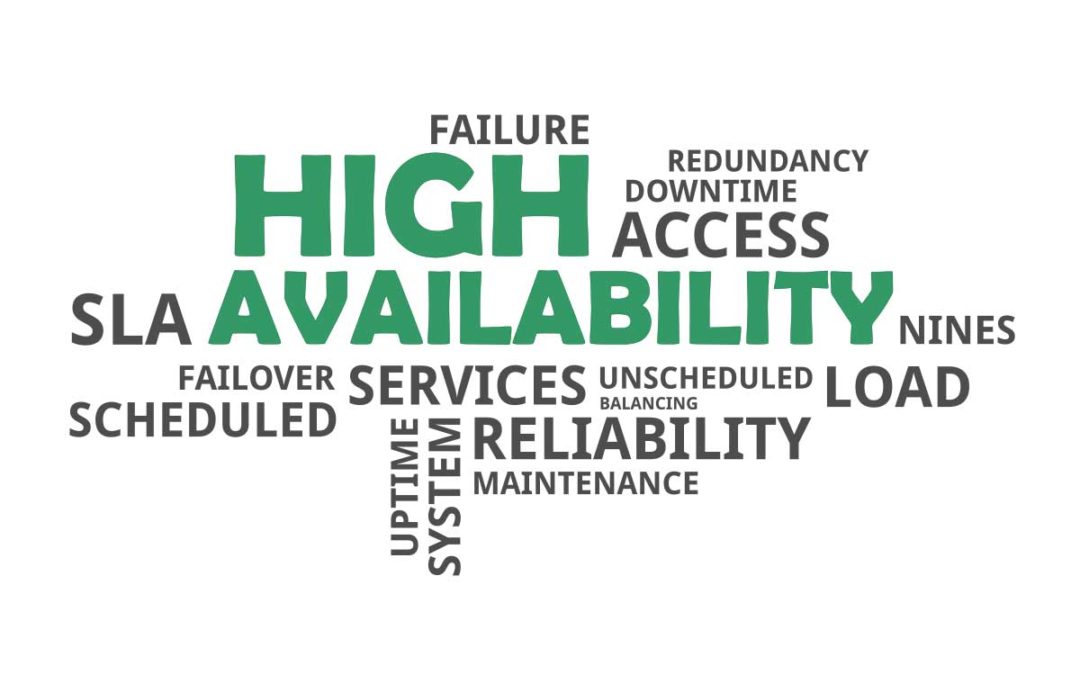If you’ve spent time and energy building an online presence, it’s fair to say you’d like to avoid unexpected downtime. Whether you lose hits or sales, any time your website is not available to people who want to use it will give your bank balance a beating and leave a sour taste in your mouth.
Unlike planned downtime for maintenance, unplanned downtime tends to happen when:
- Yours, or your host’s, servers fail (because of network problems or exceeding hosting limitations)
- Your own hardware fails (because of power outages or vandalism)
- Hackers get their hands on it
Regardless of the cause, it will harm your business, creating a poor user experience, trashing your reputation, damaging your SEO and possibly losing your potential customers.
But, enough of the doom and gloom. What can you actually do about it? Here are four of the most effective ways to keep your site live and avoid unexpected downtime.
Use the right web host for your business
Close to half of all downtime is caused by server failure. Since most of us don’t have our own server infrastructure in the basement, the best way to avoid falling foul of this issue is to be really picky when choosing your web host provider.
The main server-based reason for downtime is exceeding you hosting limitations. This can happen when your data or bandwidth requirements suddenly skyrocket. For example, because…
- Your posts/products go viral
- You suddenly jump up the search rankings
- You’re killing it with your current marketing campaign
All of the above drive a sudden and unexpectedly high amount of traffic to your site. This is problematic because the amount of bandwidth you use is based on how many bytes your site can serve in a given amount of time. The more people using your site, the more bytes served and more bandwidth you’ll need.
Web hosts tend to charge based on storage and bandwidth requirements and certain types are more limited than others. The key is to choose the right host for your business, which means:
- Choosing the right type of server (shared, VPS, Dedicated or Cloud-based)
- Picking the right plan based on your expected data and bandwidth usage
- Ensuring they have a solid uptime record
If you signed up for the first free web host you came across, you’re likely to experience a lot of downtime. Do your research, whether you choose a free web host or paid. Skipping this step will leave your site vulnerable. For paid hosts, we recommend InMotion Hosting as they boast 99%+ uptime and a money-back guarantee if you experience any issues related to site downtime.
Monitor your uptime
If you have the right host for your business, your next step is to monitor your uptime, so you know how often and for what reasons your site goes down.
All websites experience some downtime (even global giants like Facebook). The key is to know when you’re most vulnerable and how big the problem is. Doing so gives you a much better chance of finding the right fix.
You can keep track of what’s going on using:
- A website monitoring service
- Uptime plugins
- Managed hosting
All of these approaches provide regular report/notifications about your uptime, diagnose your issues and fix them accordingly. Some will even perform updates, backups and configurations on the regular, which will help avoid unexpected downtime.
Have a backup plan
If your budget can stretch to it, have backup systems for when you experience server failure. Large businesses with enviable budgets tend to combine a content delivery network (CDN) with backup hosting.
A CND stores content from your website, meaning it can deliver cached content to your users during periods of short-term downtime. But, a CDN won’t cut it during long-term downtime, which is where secondary hosting comes in.
Even if you pay through the nose for the best cloud-based hosting service available, your provider can still experience critical systems malfunctions, leaving their service and your website, offline.
The only way to avoid this is to have a backup service that uses a different server infrastructure. Should the worst happen, you can reroute to the backup and keep your site live.
Keep it secure
Whether it’s a DDoS or more malicious attack, a sizable chunk of global website downtime is caused by security breaches. Hackers will often take down a site just because they can, or to access sensitive site data while it’s offline. Your job is to make sure there’s no fuel for their fire by keeping your web security up to scratch.
DDoS attacks are when a person or group of people flood your site with traffic requests until it goes offline because you’ve exceeded your bandwidth. It’s essentially impossible to avoid if you’re using a shared server since an attack on any of your server mates will affect you and you have no control over anyone else’s security measures.
Hosting through a dedicated server will reduce a lot of the risk.
If a hacker gets inside your cPanel or server area, they can manipulate and remove files, or redirect your website to another, possibly clone website, generally causing you to have one hell of a bad day.
The best way to avoid downtime due to security issues is to keep your website well maintained. Either learn how to do it yourself or, if this seems like way too much effort, pay for a web maintenance service to do it for you. Either way, you should:
- Keep your software (CMS, plugins etc.) up to date
- Install security plugins
- Make sure you have an SSL certificate
- Choose the most complex passwords and admin names you can think of
- Use parameterised queries
To wrap things up…
Whether you’re online to do business, make a name for yourself or just channel your thoughts to the world, you’ll want to minimise your website’s downtime. And, although no amount of money or effort can keep you live 100% of the time, following these four simple tips will get you close.
Author bio: “Jodie is a professional writer and editor working with UK Web Host Review. She translates dense topics into accessible information to help everyone from small and niche business owners to budding web masters to reach their goals. She explores design, brand psychology, marketing and tech. You can connect with Jodie through LinkedIn.”
LINKS
https://searchnetworking.techtarget.com/tip/How-to-calculate-network-bandwidth-requirement
https://www.ukwebhostreview.com/free-web-hosting/
https://www.cnet.com/news/cant-update-status-facebook-and-instagram-are-down/
https://www.techopedia.com/definition/24414/parameterized-query





